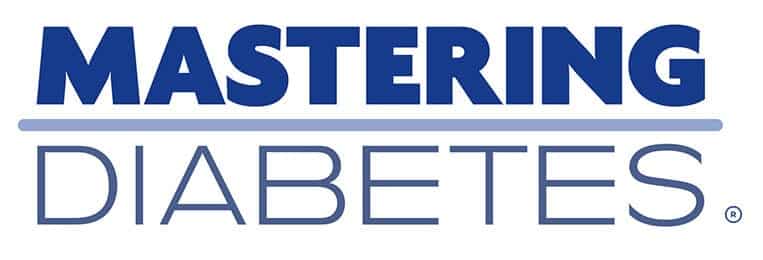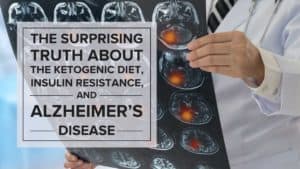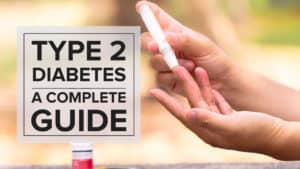How to Lower Blood Sugar
High blood glucose (often called high blood sugar or hyperglycemia) can happen for many reasons.
It is most persistent as a problem for people with type 1 diabetes and type 2 diabetes, as well as others with insulin resistance or other forms of diabetes mellitus.
However, high blood glucose can also happen as a result of other factors like:
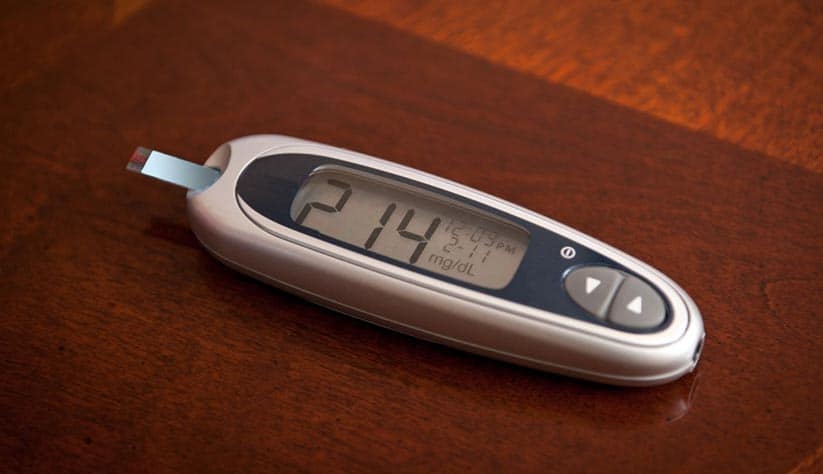
If you have diabetes, dealing with high blood glucose can be frustrating, and part of a larger plan to improve your overall health. However, even if you have not been diagnosed with diabetes, high blood glucose can be a warning sign of future chronic disease.
In this article, we’ll discuss how to identify a blood sugar spike, and some warning signs on how to tell if your hyperglycemia needs immediate, emergency intervention.
Then, we’ll touch on the most effective, evidence-based strategies to lower your blood glucose through simple lifestyle changes, and some daily tips to help make them happen.
What To Do in an Emergency
More than anything else, with your health it’s always better to be safe than sorry. If you’re uncertain about your symptoms, our recommendation is always to go to the doctor.
Identifying an Emergency

The symptoms of hyperglycemia include:
The symptoms of hyperglycemia are likely to onset after consuming food. If you have already been diagnosed with diabetes, this can be a common challenge.
In most situations, drinking water or performing exercise can help lower your blood glucose if it’s an isolated spike. If you have been prescribed insulin, taking additional insulin may also help lower your blood glucose.
However, if these symptoms persist or worsen for an extended period of time despite additional insulin, water, or exercise, you may need immediate medical attention.
Seek out professional medical attention if you notice:
Steps to Take in An Emergency
If your symptoms persist or worsen, immediately seek out medical attention. If left untreated, hyperglycemia can lead to more serious conditions like diabetic ketoacidosis, hyperosmolar hyperglycemic state (HHS), or a diabetic coma.
Fortunately, if caught quickly, a spike in your blood glucose tends to be easily treated by medical professionals.

7 Strategies Proven to Lower Blood Sugar
If you’re consistently struggling with high blood glucose, either as a result of insulin resistance like in prediabetes and type 2 diabetes, or due to insufficient insulin production from type 1 diabetes or type 1.5 diabetes, there are some consistent, evidence-based strategies you can implement to help.
A Low-Fat, Plant-Based, Whole Food Diet
The most powerful way to lower your blood glucose in the long-term is through a low-fat, plant-based, whole food diet.
Based on decades of experience and hundreds of peer-reviewed scientific studies, this lifestyle is the most effective way to increase your insulin sensitivity, which lowers your need for insulin and oral medications, helps you lose weight, and reduces your overall chronic disease risk.
The second benefit of a plant-based diet is that plants like fruits, whole grains, beans and lentils are naturally high in dietary fiber, antioxidants, and other key nutrients that will help you lose weight, improve your mood and energy, and boost your immunity.
We want to double down on this one: a healthy diet is the most powerful and most necessary step to take to lower your blood glucose. None of the other strategies can overcome a poor diet.
Intermittent Fasting
Intermittent fasting is a dietary strategy in which you observe specific fasting and eating windows throughout the day or week.
As a result, your body starts a biological process called autophagy, which has many long term benefits, including:
Daily Movement
When combined with dietary changes, increasing your exercise and daily movement can be very effective at lowering your average glucose level. More physical activity forces muscles to burn fat and glucose efficiently.
In the long term, integrating regular exercise into your routine can actually cause your body to produce more mitochondria, which helps lower your blood glucose even more.
Medicinal Plants
In addition to the beneficial blood glucose effects of a low-fat, plant-based, whole food diet, there are several plant-based medicines that can lower your blood glucose as much as common medicines like metformin.
One such plant is amla, a fruit with some incredible, evidence-based health benefits, including lowering your blood glucose. You can take amla as a powder or mixed with teas, and experience similar benefits to medicines with none of the side effects.
Apart from diet, fasting, and exercise, there are a number of other aspects of personal health that can help lower your blood glucose.
Proper Hydration
Proper hydration helps your body process glucose effectively (along with many, many other things), and water also serves as an appetite suppressant to help reduce your weight. On the other hand, frequently low water intake is a definite risk factor for high blood glucose.
Living a Low Stress Lifestyle
Lowering stress is another factor. When you are stressed, your pancreas secretes glucagon and your adrenal gland secretes cortisol, both of which increase your blood glucose, along with myriad other risks.
Adequate Sleep
Getting enough sleep can also be a major aid in controlling your blood glucose. When you are sleep deprived, your appetite and stress levels both increase, both of which increase your risk for high blood glucose.
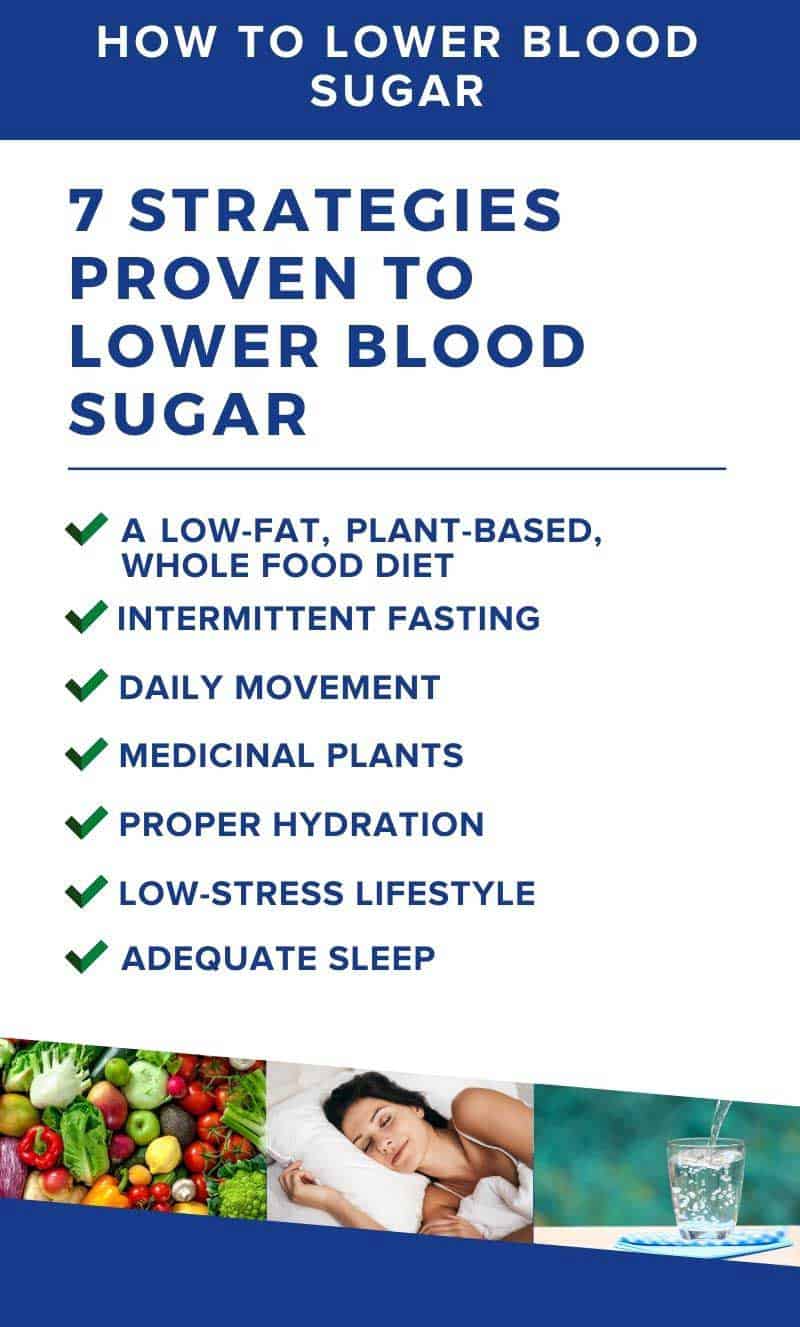
Day-to-Day Tips for Managing Your Blood Sugar
The key to achieving and maintaining lower blood sugar is to make consistent, sustainable changes that you can stick to. Here are a few tips that you can use as you continue this transition.
Don’t Look for Quick Fixes
One of the most important parts of finding a long-term solution to your blood glucose problems is to change your habits, not just your behavior. Rather than going on an extreme diet or making huge, life-altering decisions for small periods of time, focus on sustainable changes.
Decision Trees
The most powerful tool to help you in your lifelong diabetes management are decision trees, an old-school, pen-and-paper method of monitoring exactly what affects your blood glucose.
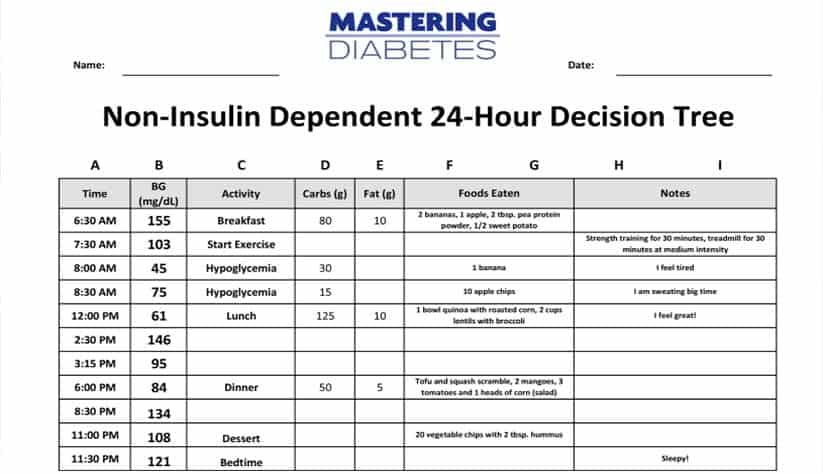
A Decision Tree is designed to help you track:
This tool is specifically designed to help you get insight into exactly what’s affecting your blood glucose and energy levels.
Focus on the Positives
As you’re making the transition to a new diet and making lifestyle changes, it can be easy to feel like you’re giving up old favorites. A good way to flip this on its head is to focus on the positives of new changes.
Improved mood, improved energy, better body weight, better fitness, improved control over your life and your blood health — focus on the changes that you will be able to see happening in your body.
Don’t Give Yourself a Hard Time
And the flipside of focusing on the positives of these new changes is to not give yourself a hard time, or expect to be perfect. It’s very rare to quit eating meat and added sugar, and integrate an entirely new system of eating and exercising all at once.
You might have nights where you splurge, or weeks where you’re busy and might not be able to exercise. Family life, work, and vacations get in the way.
The important thing is to focus on the long term effect. Are you moving in the right direction in general? If so, don’t give yourself a hard time.
Changing Habits, and Changing Your Life
With over 30 million people suffering from diabetes in the United States alone, blood glucose control is one of the biggest challenges facing people in the 21st century.
The good thing is that there are many other people right there with you — struggling, transforming their lives, and maintaining their health after getting control of their blood glucose.
That’s why we founded Mastering Diabetes, so we could bring all of those people together, offer coaching, community, and guidance through every step, and see real life-changing results.
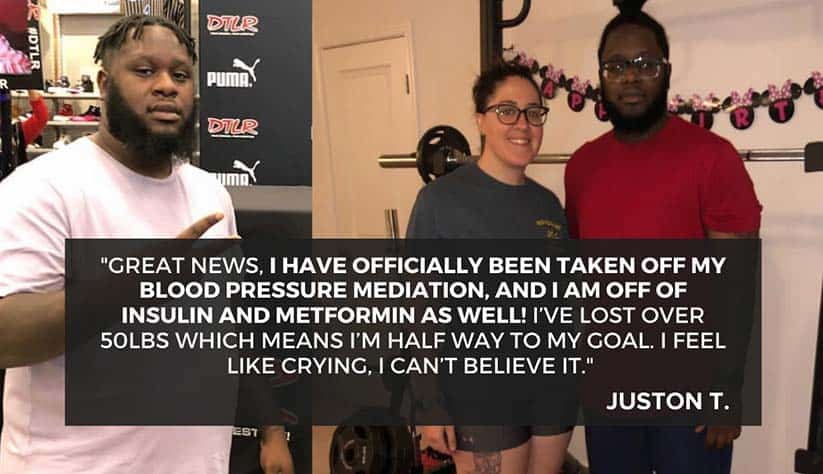
There are multiple ways to take advantage of this proven, evidence-based program, with plans ranging from DIY resources to intensive coaching programs. See below to learn more and join Juston and many others.
Stop Guessing What to Eat
Get Delicious Recipes Sent to Your Inbox Every Week!
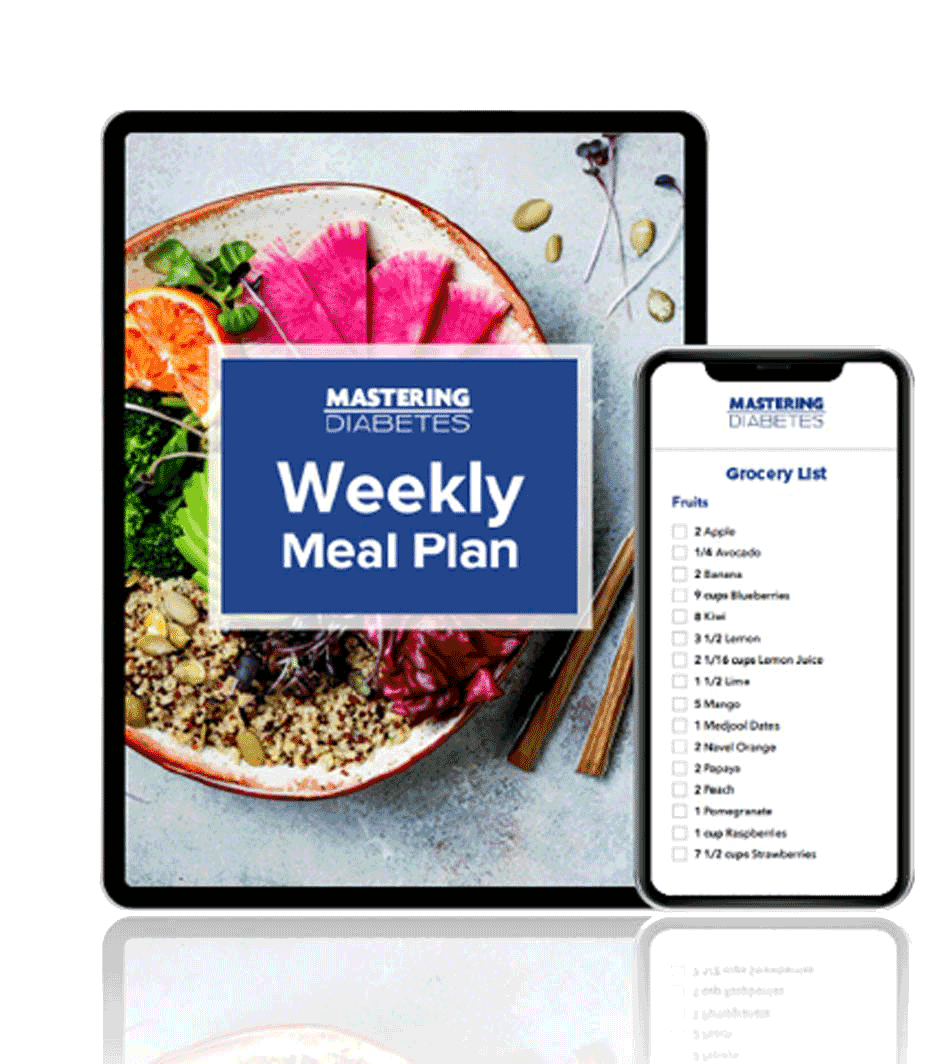
Discover the custom-designed Weekly Meal Plan that gives you clarity on what to eat and how to shop to simplify your journey to lower blood sugar, weight loss, and your best A1c

